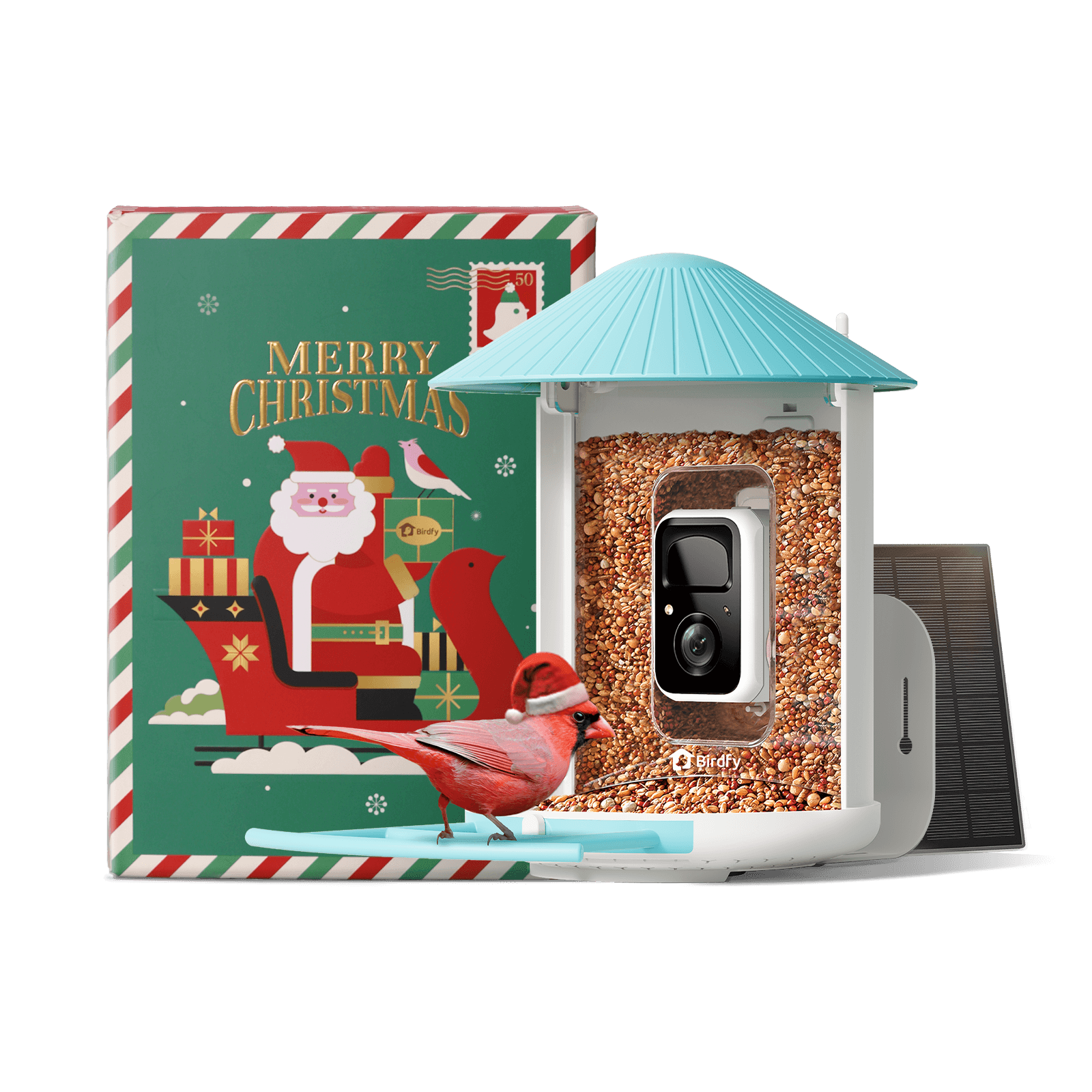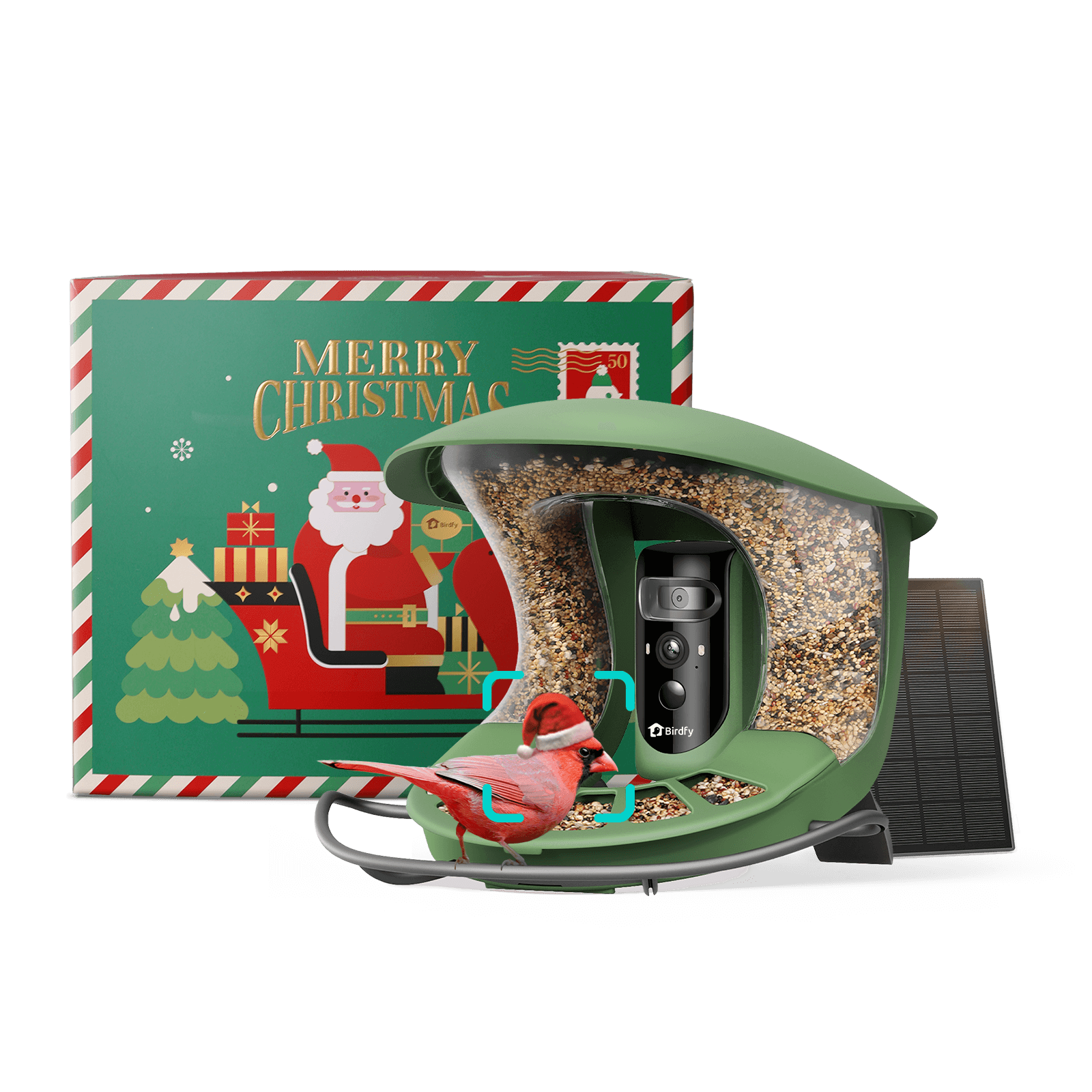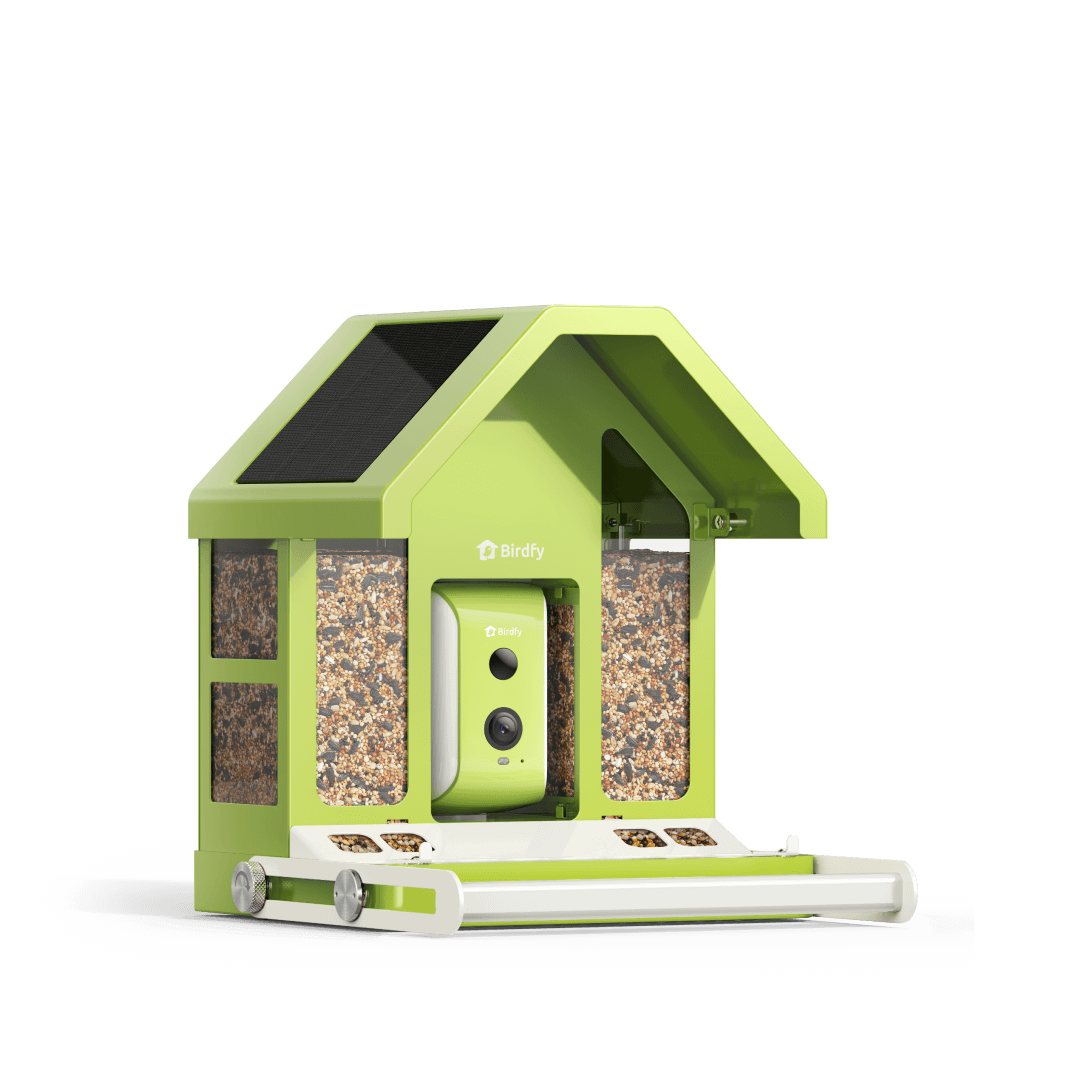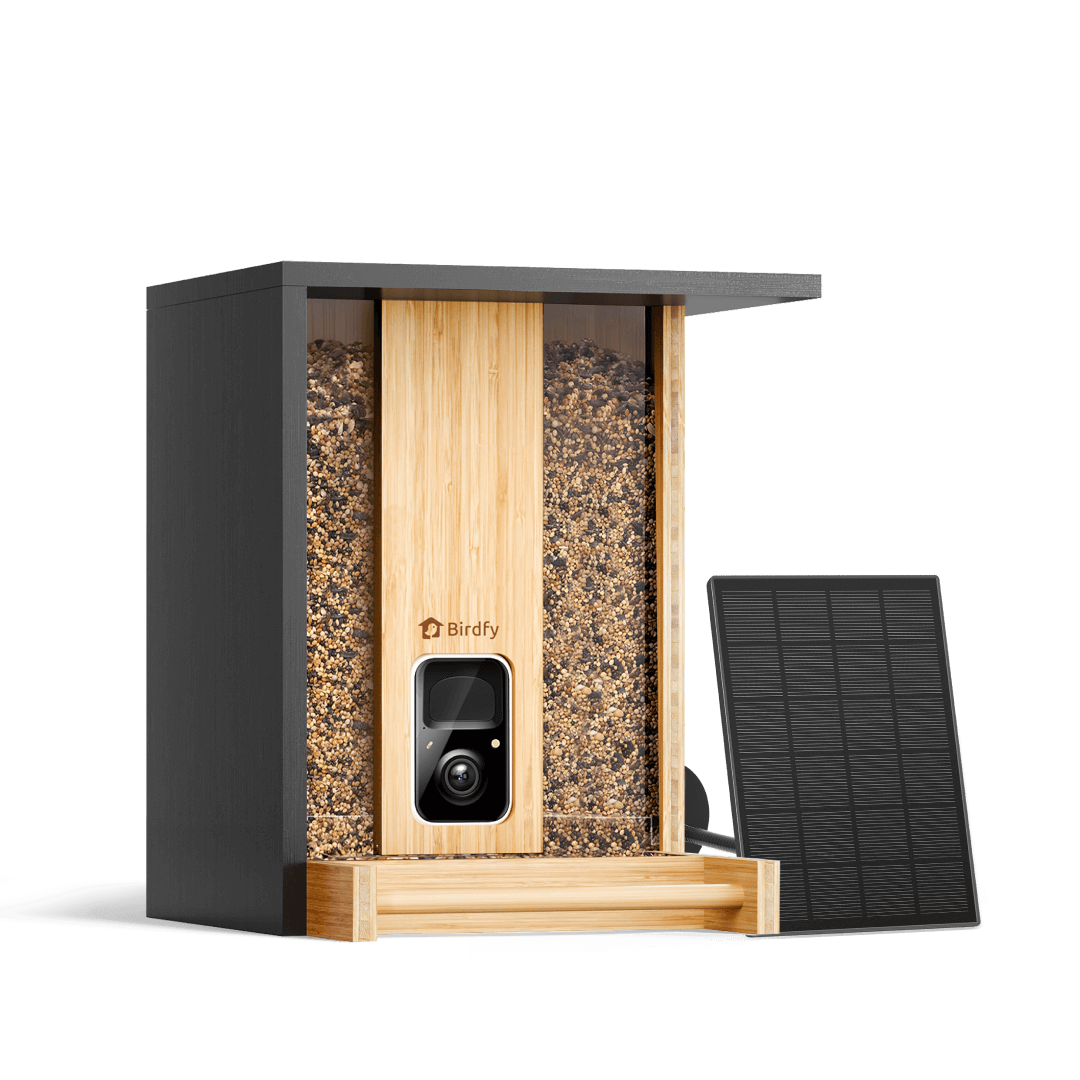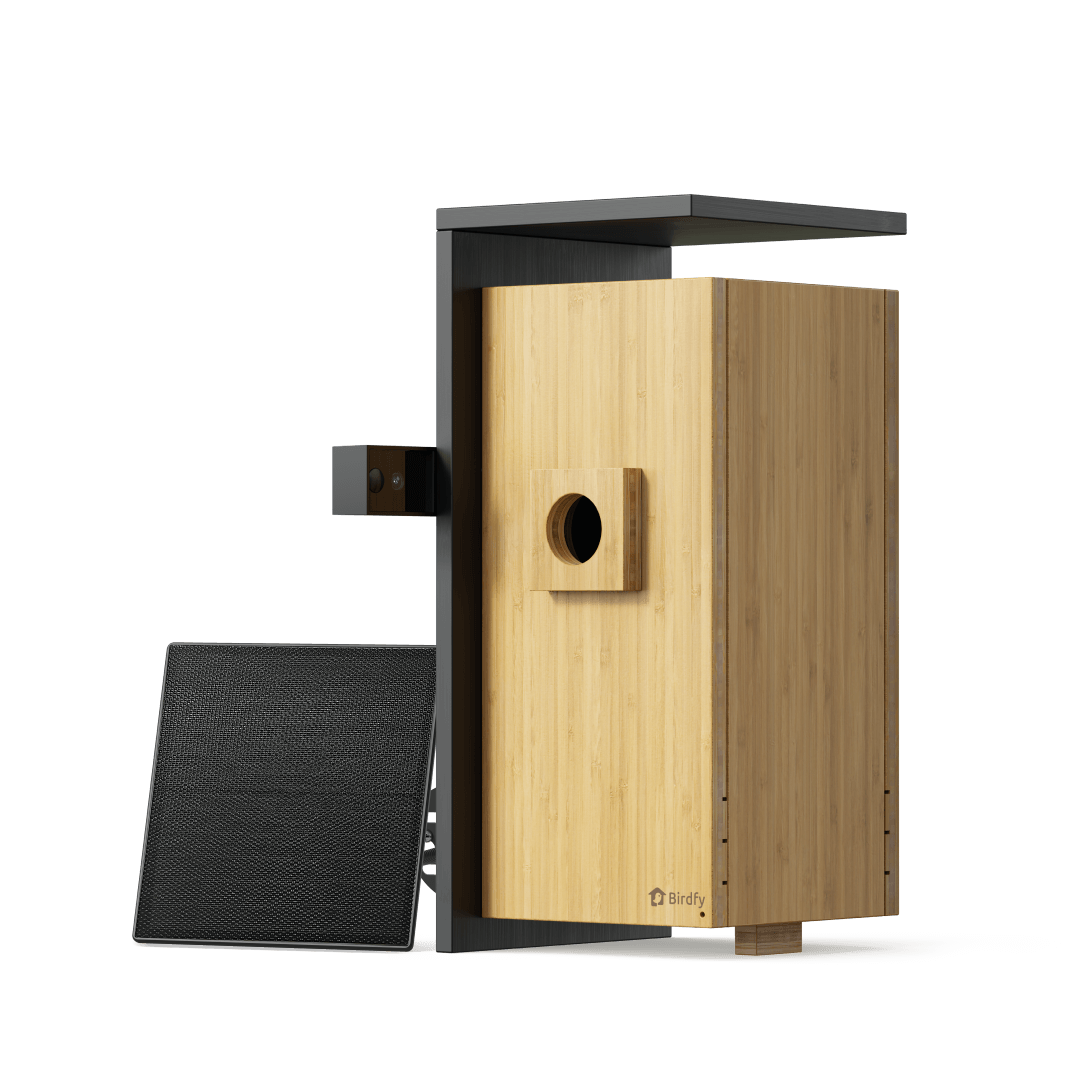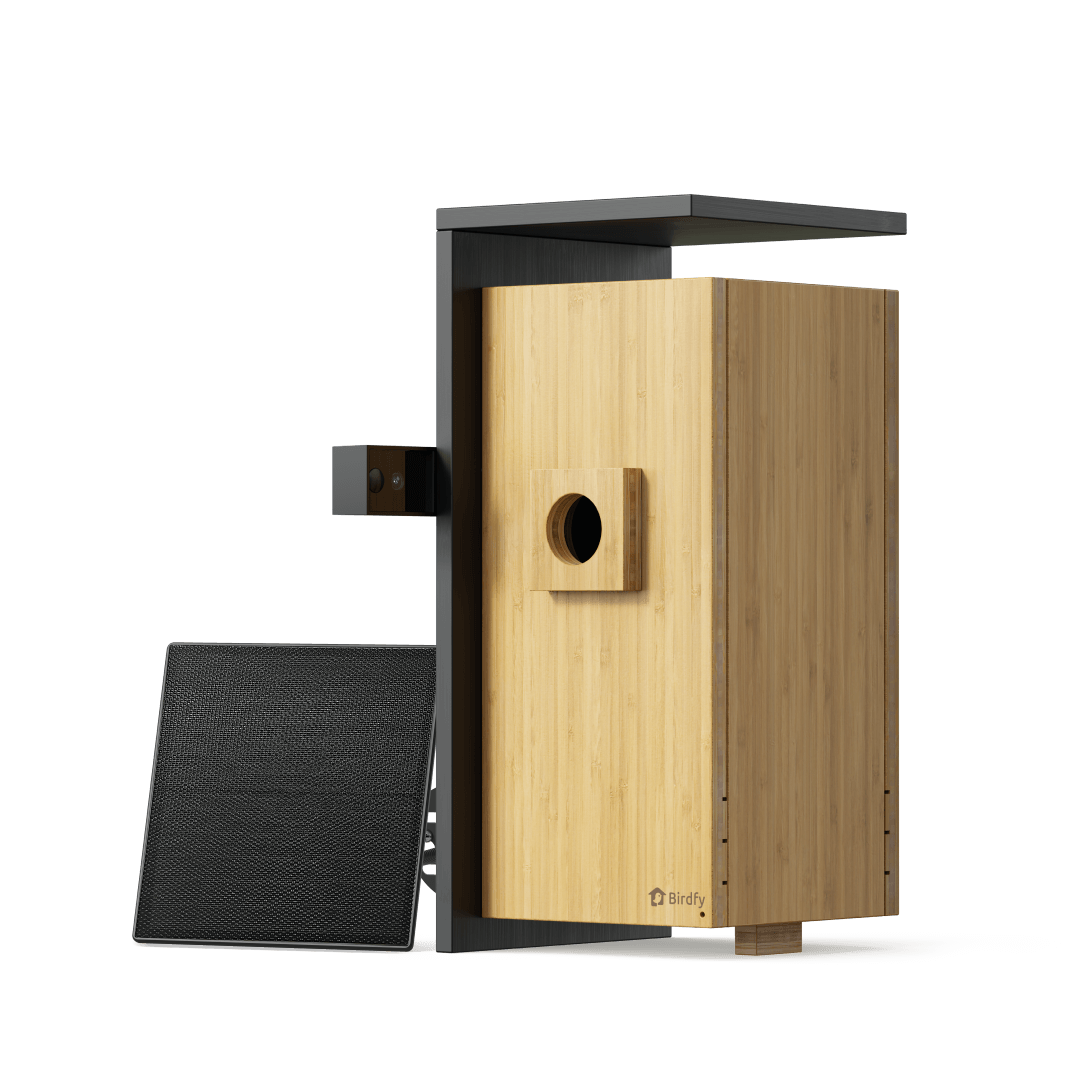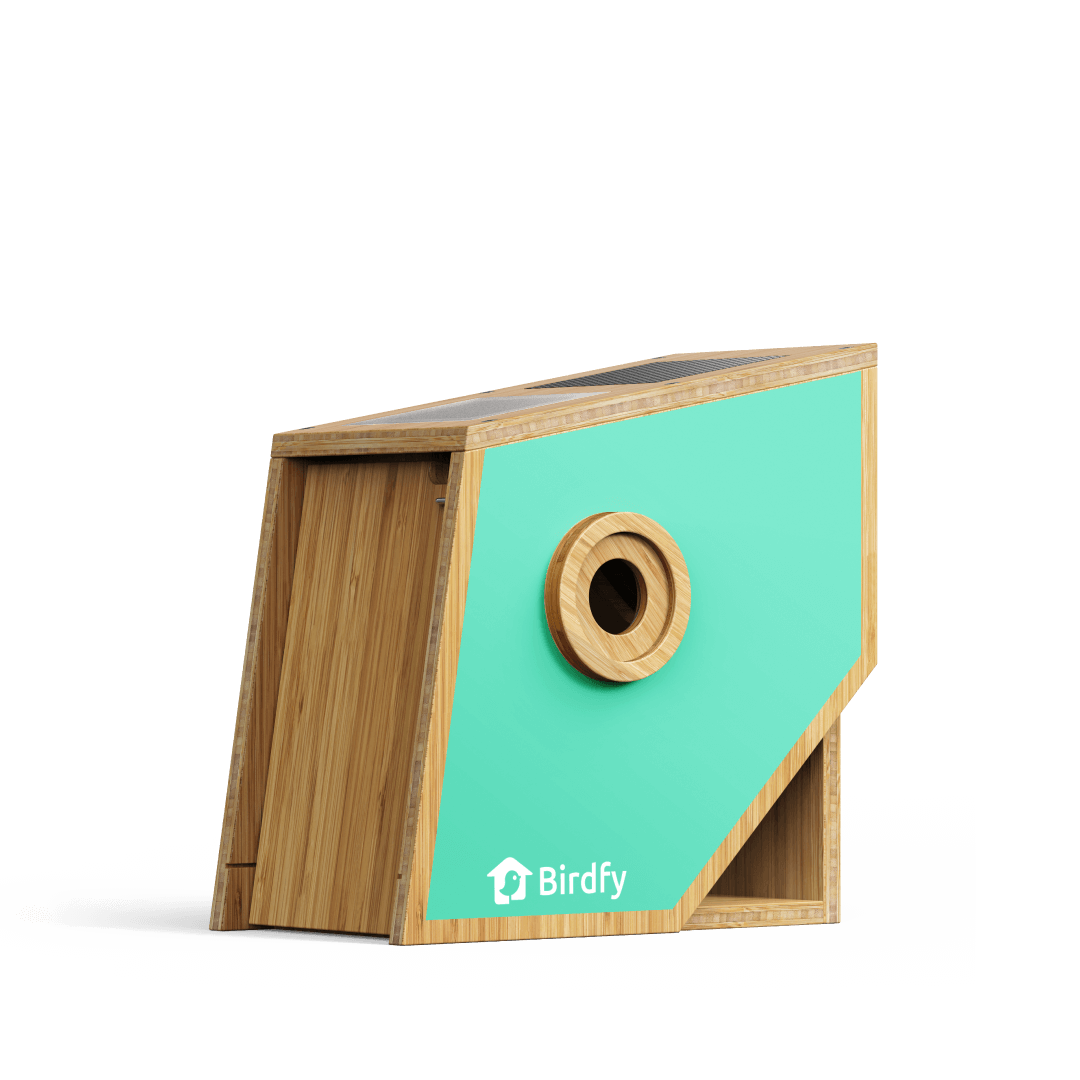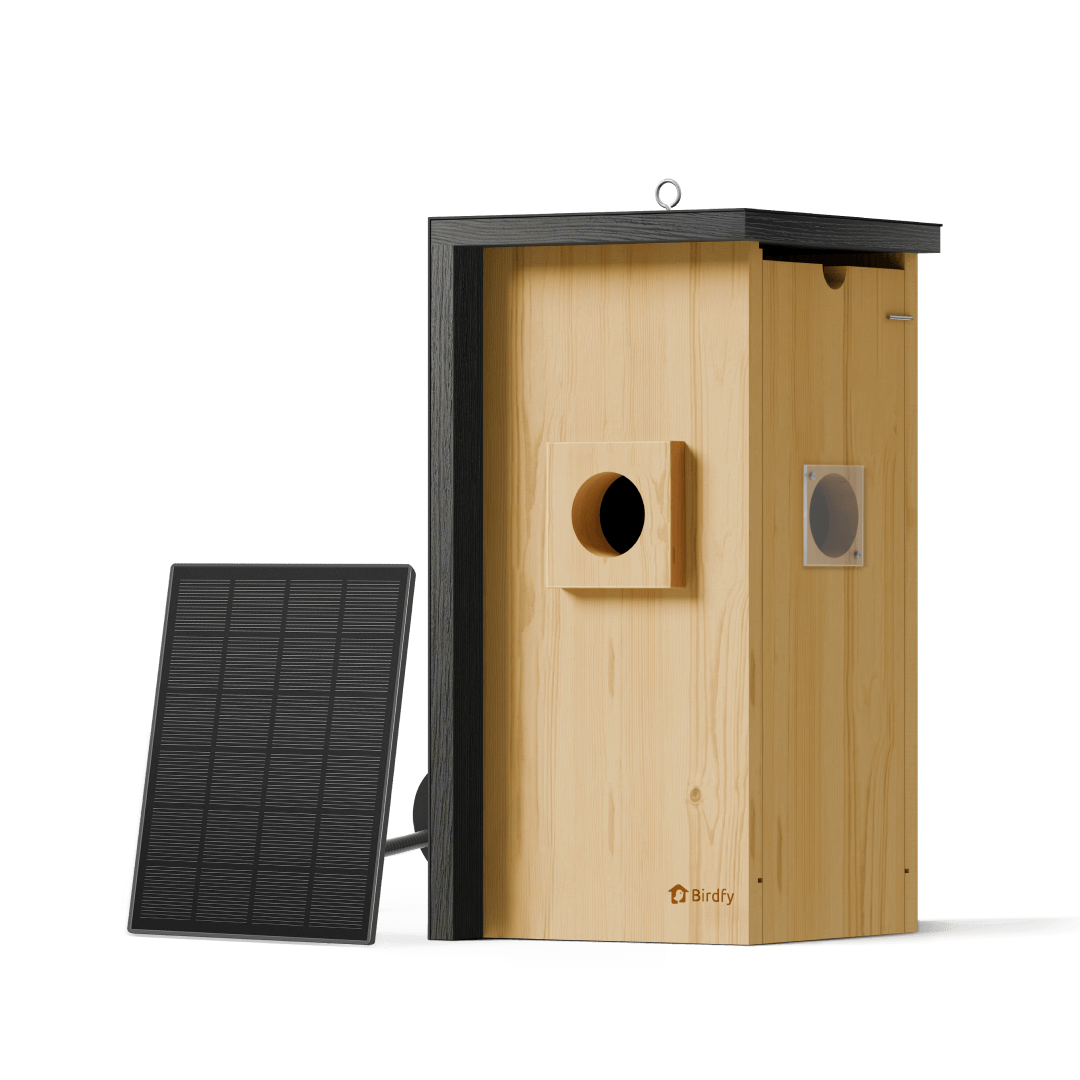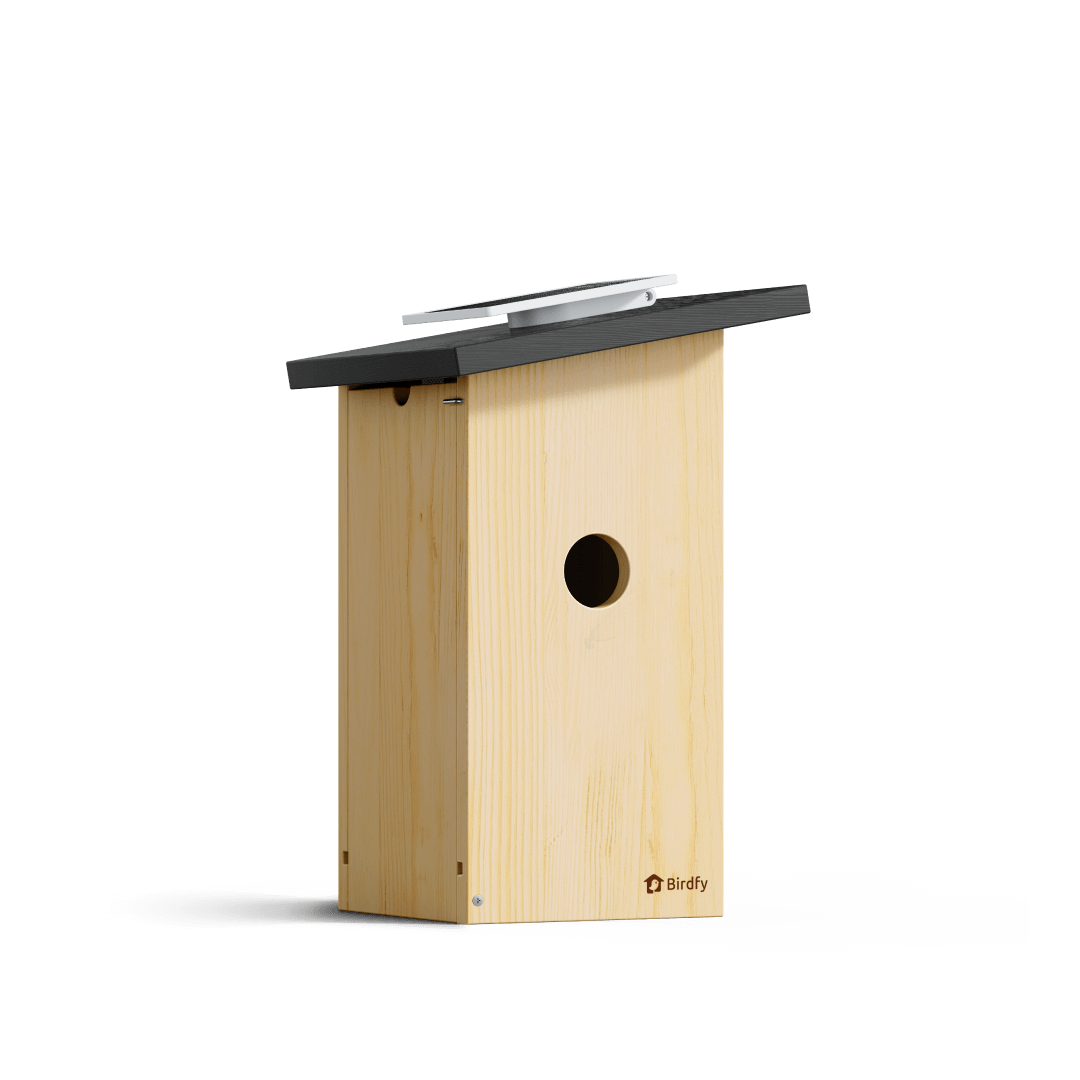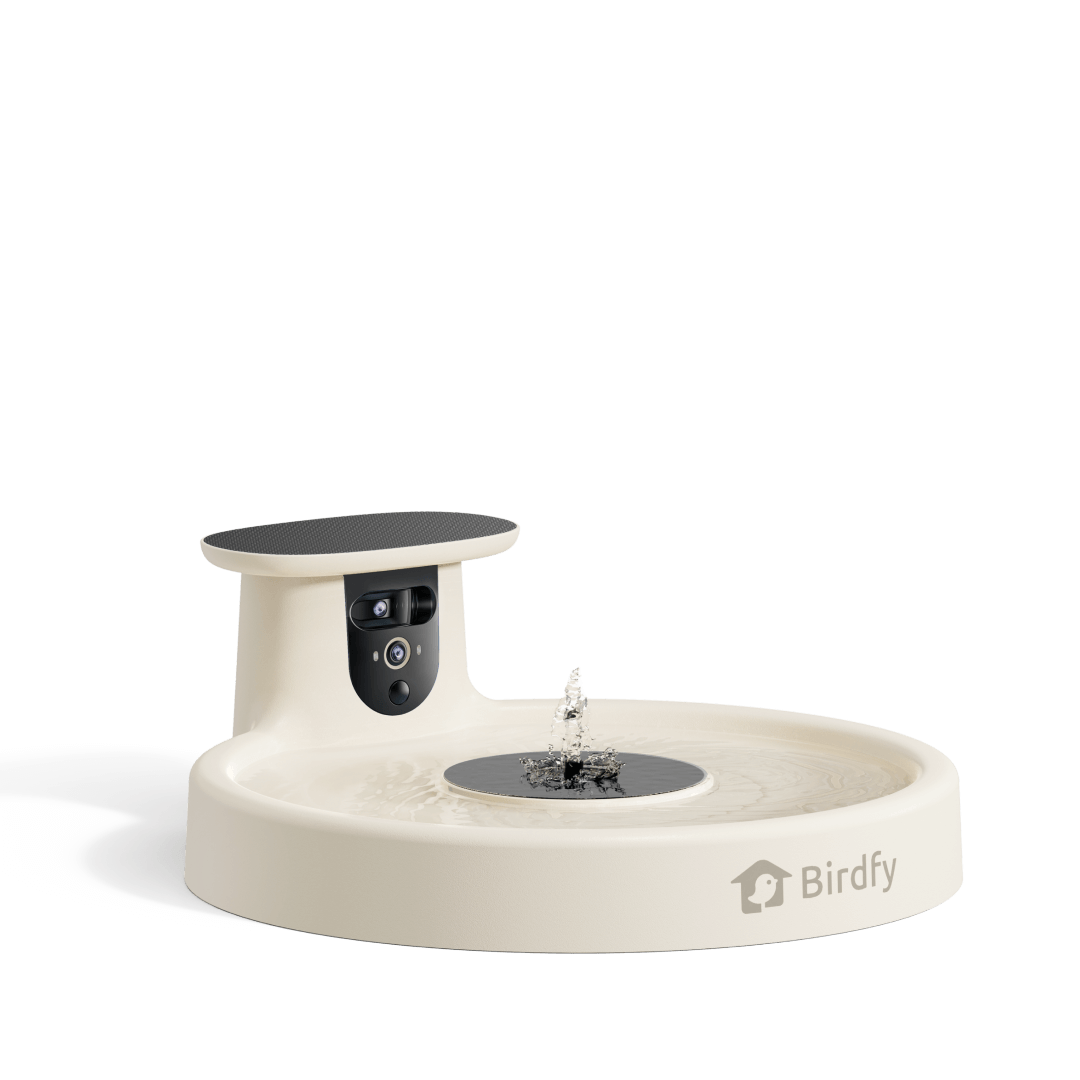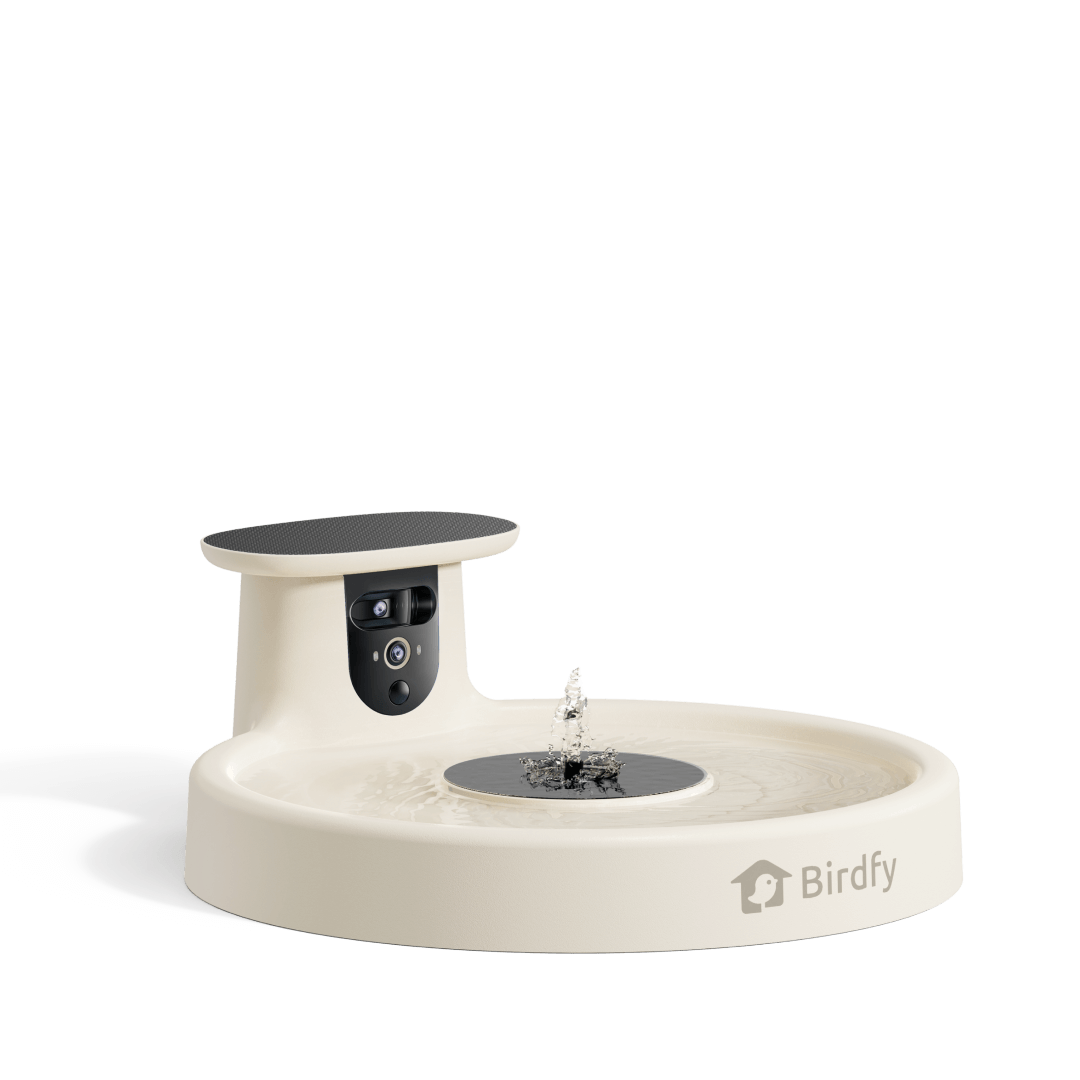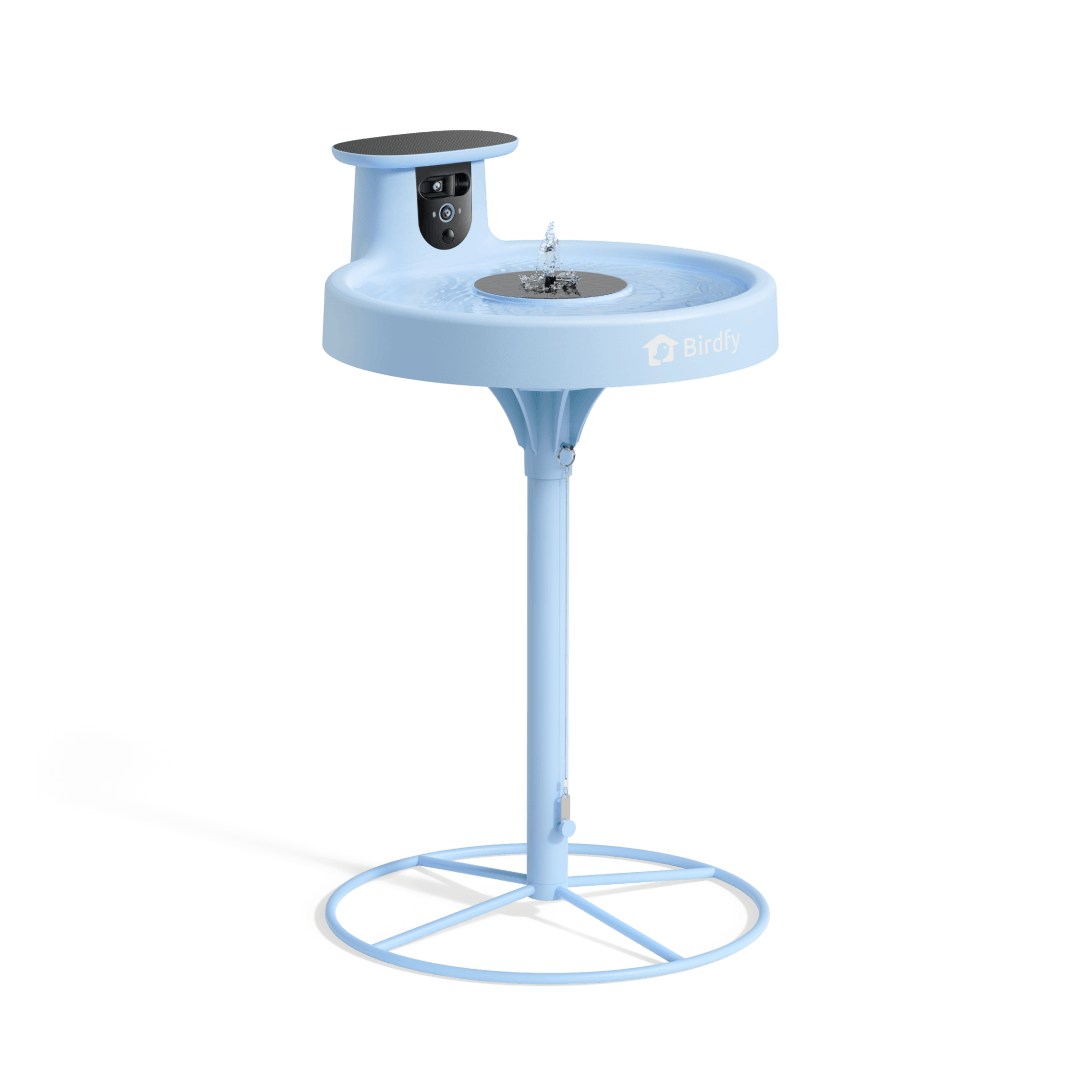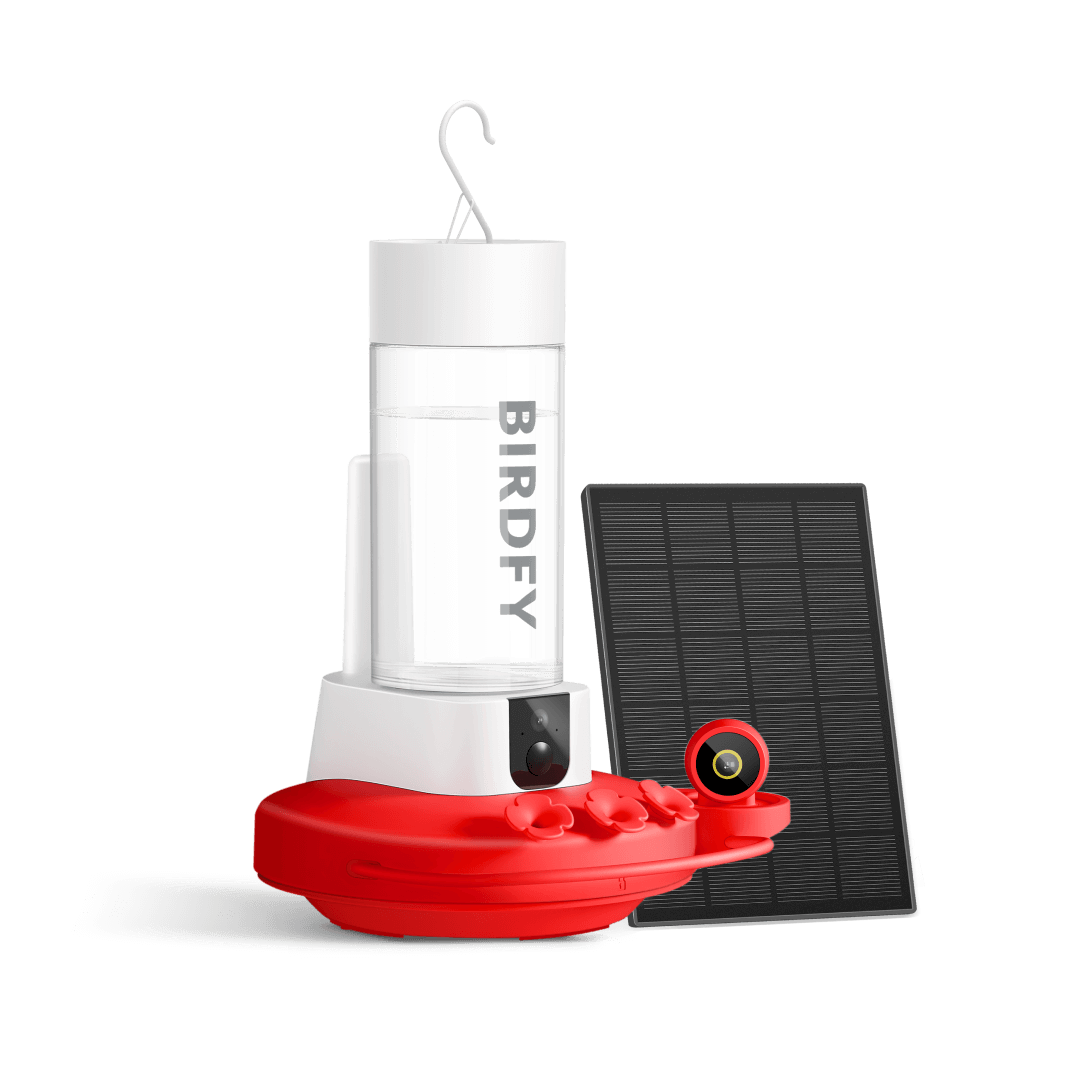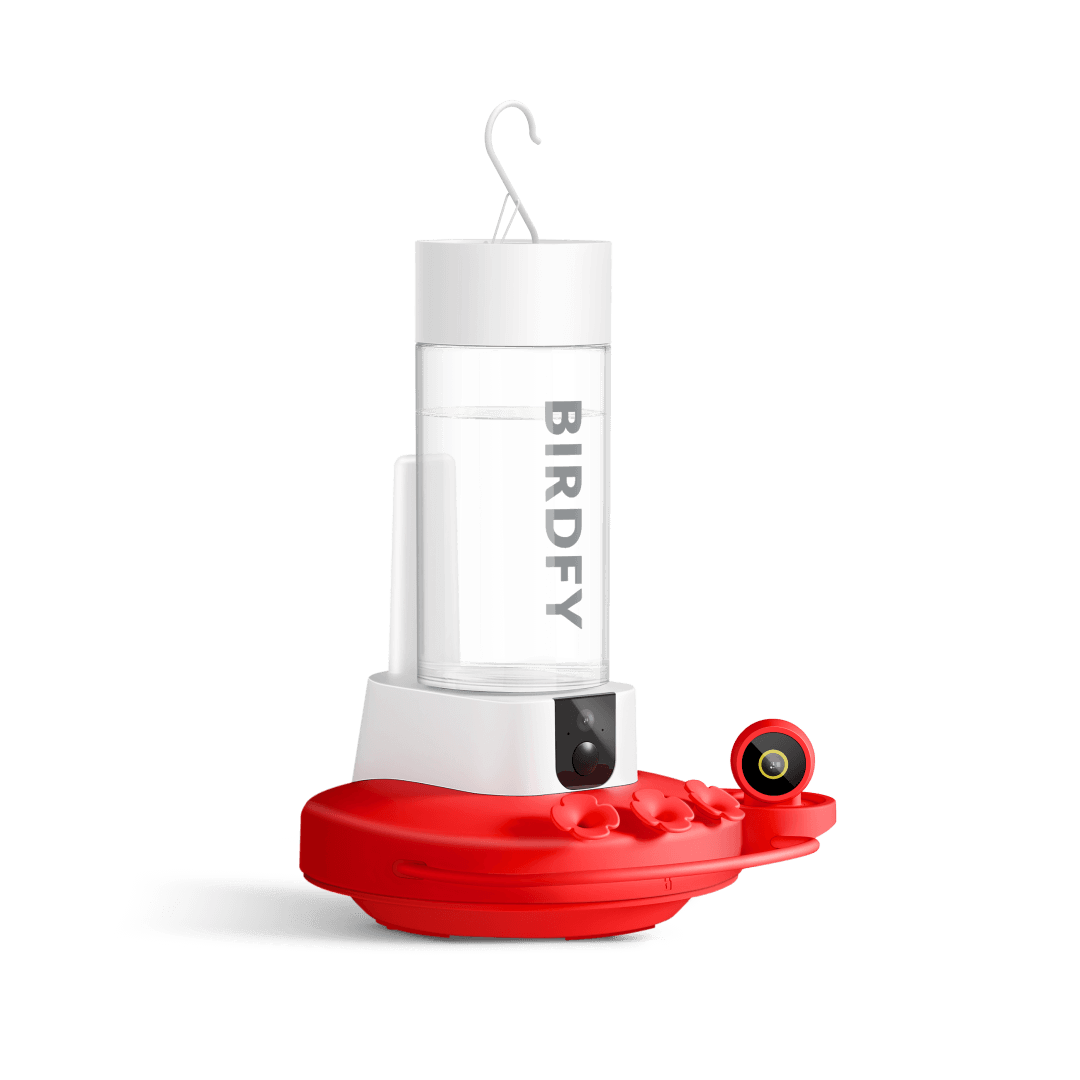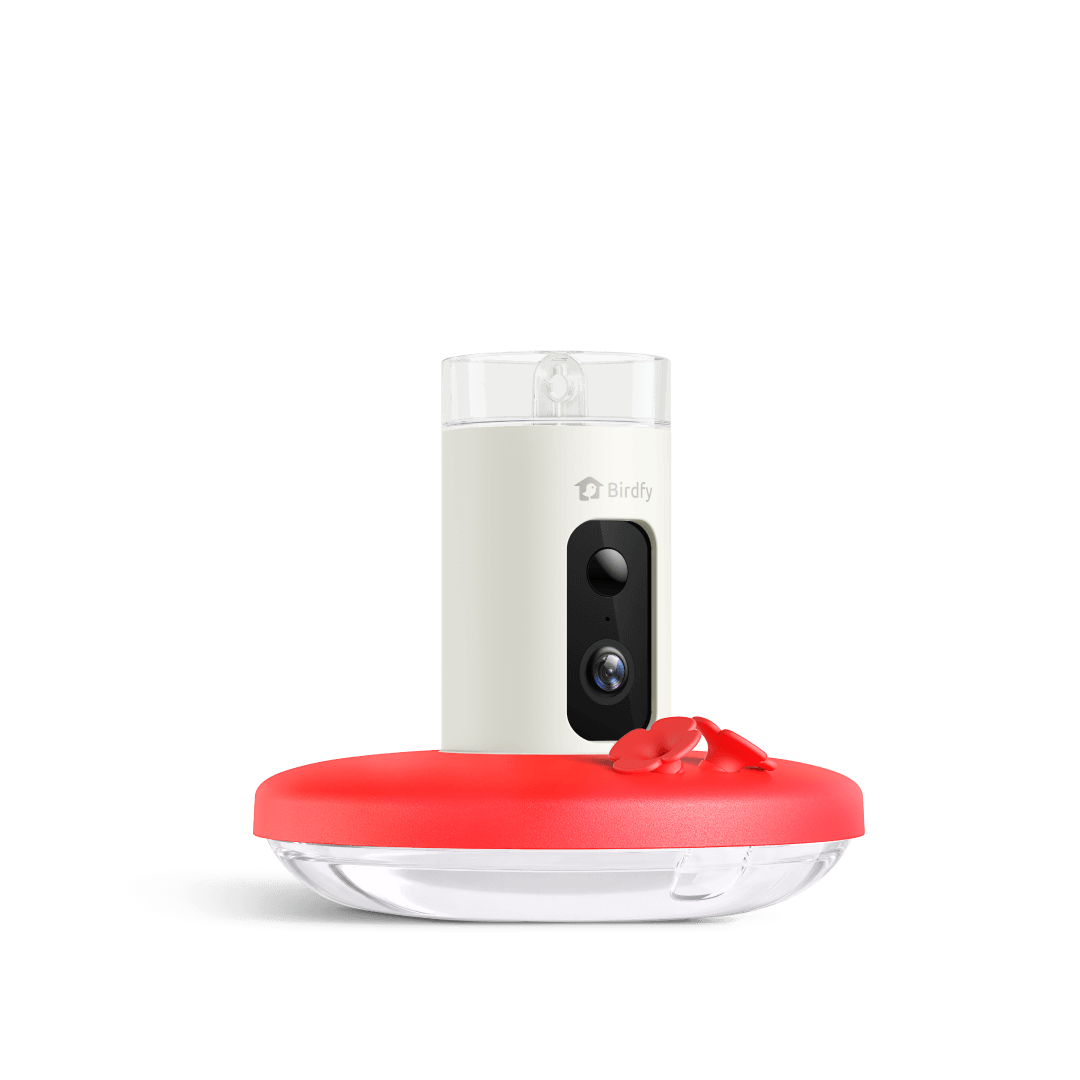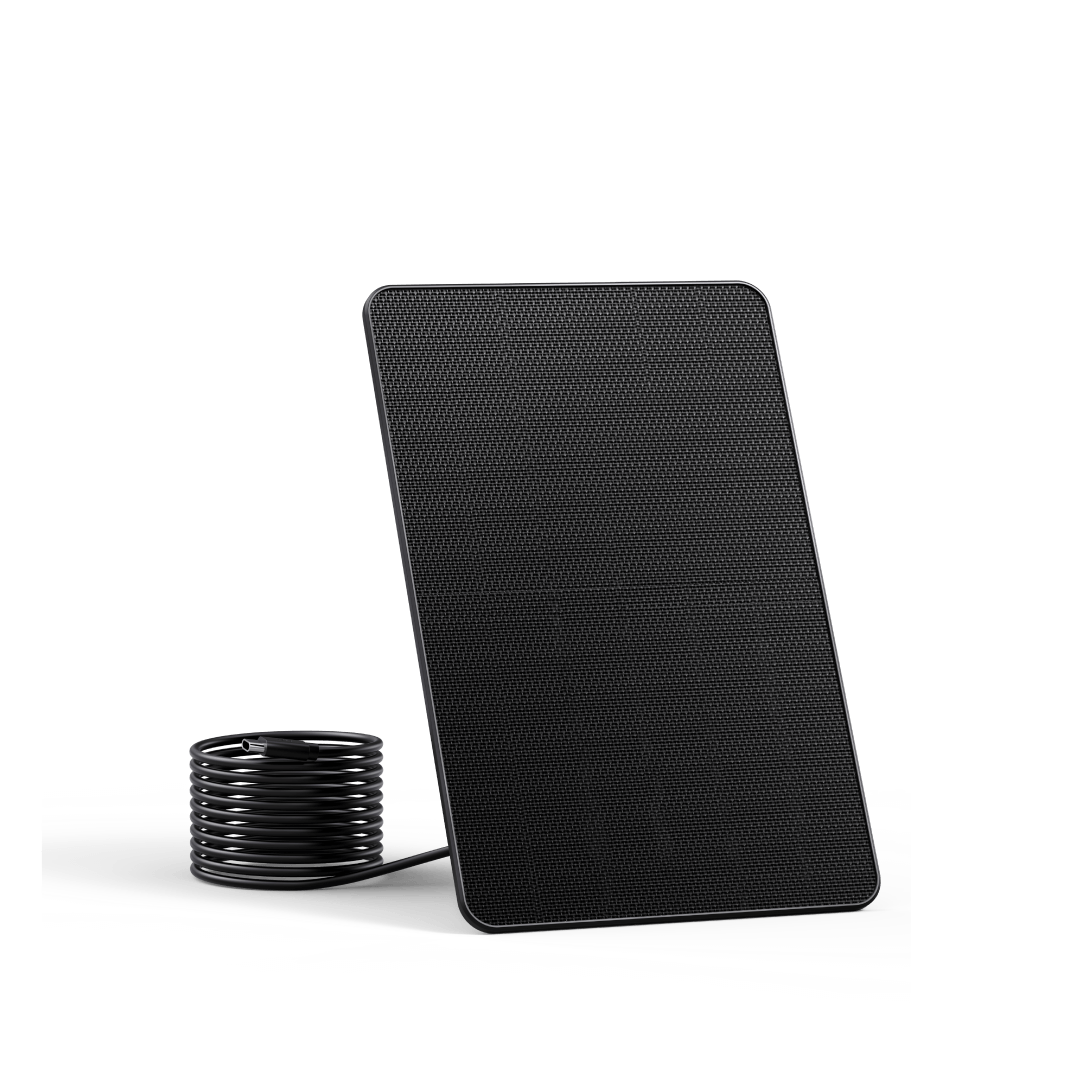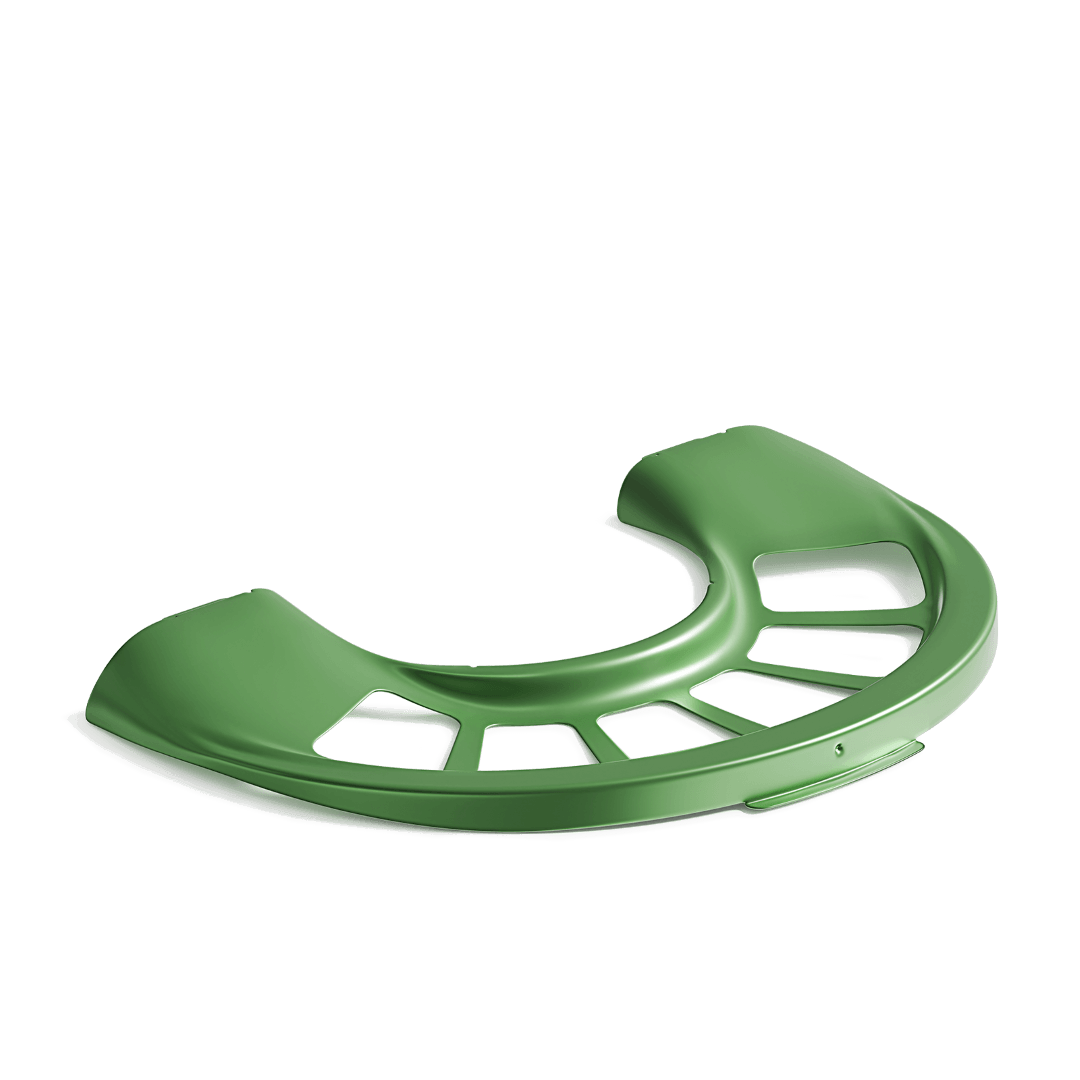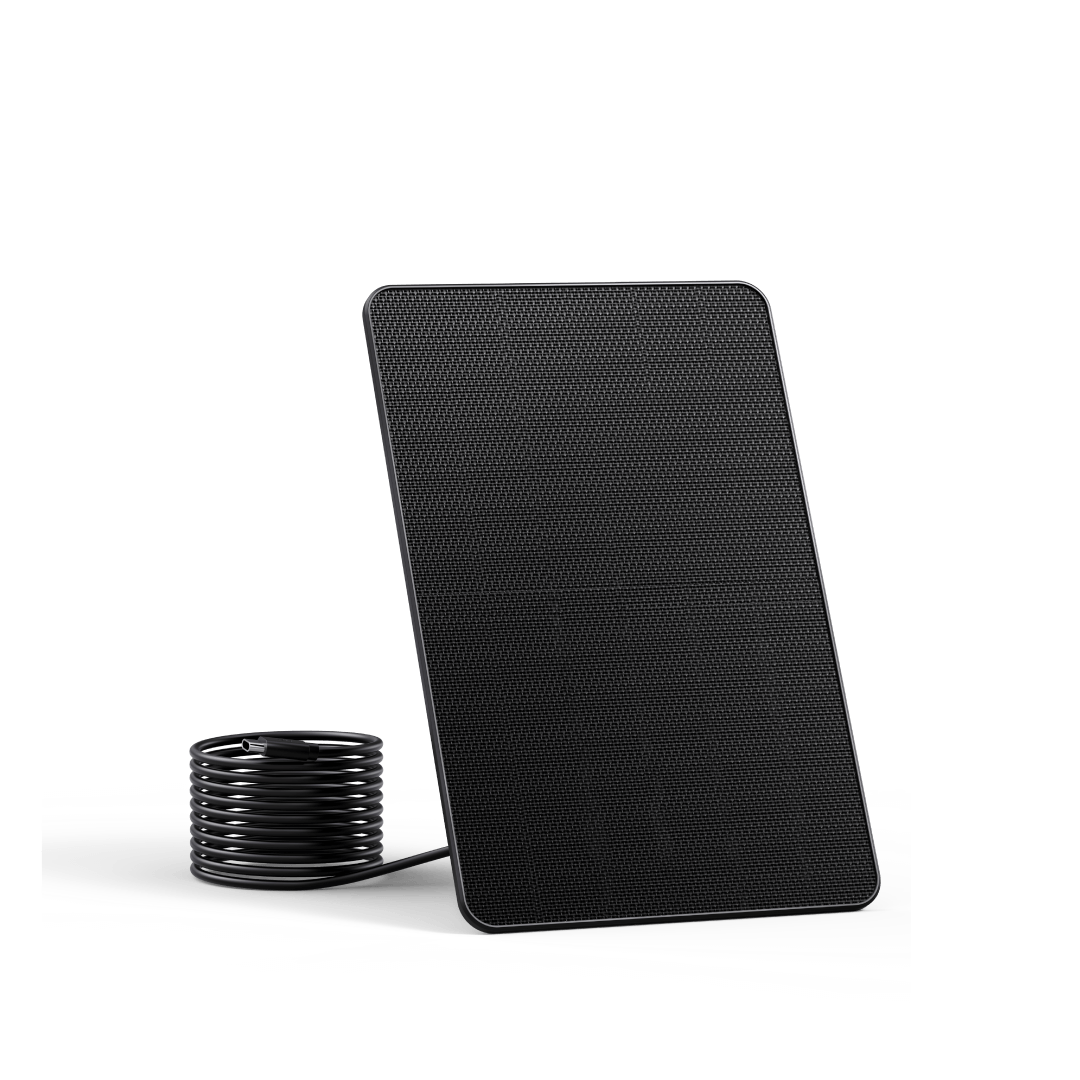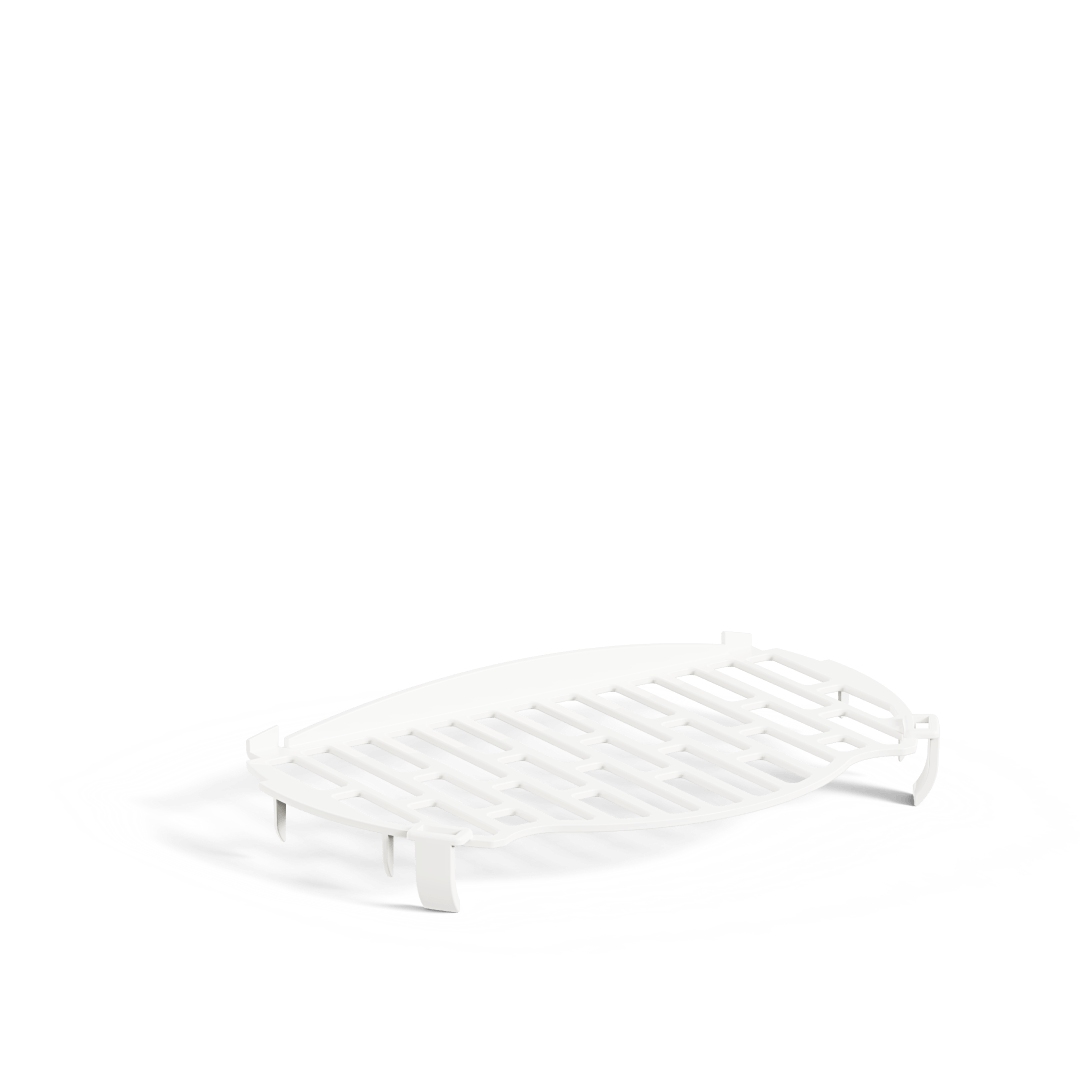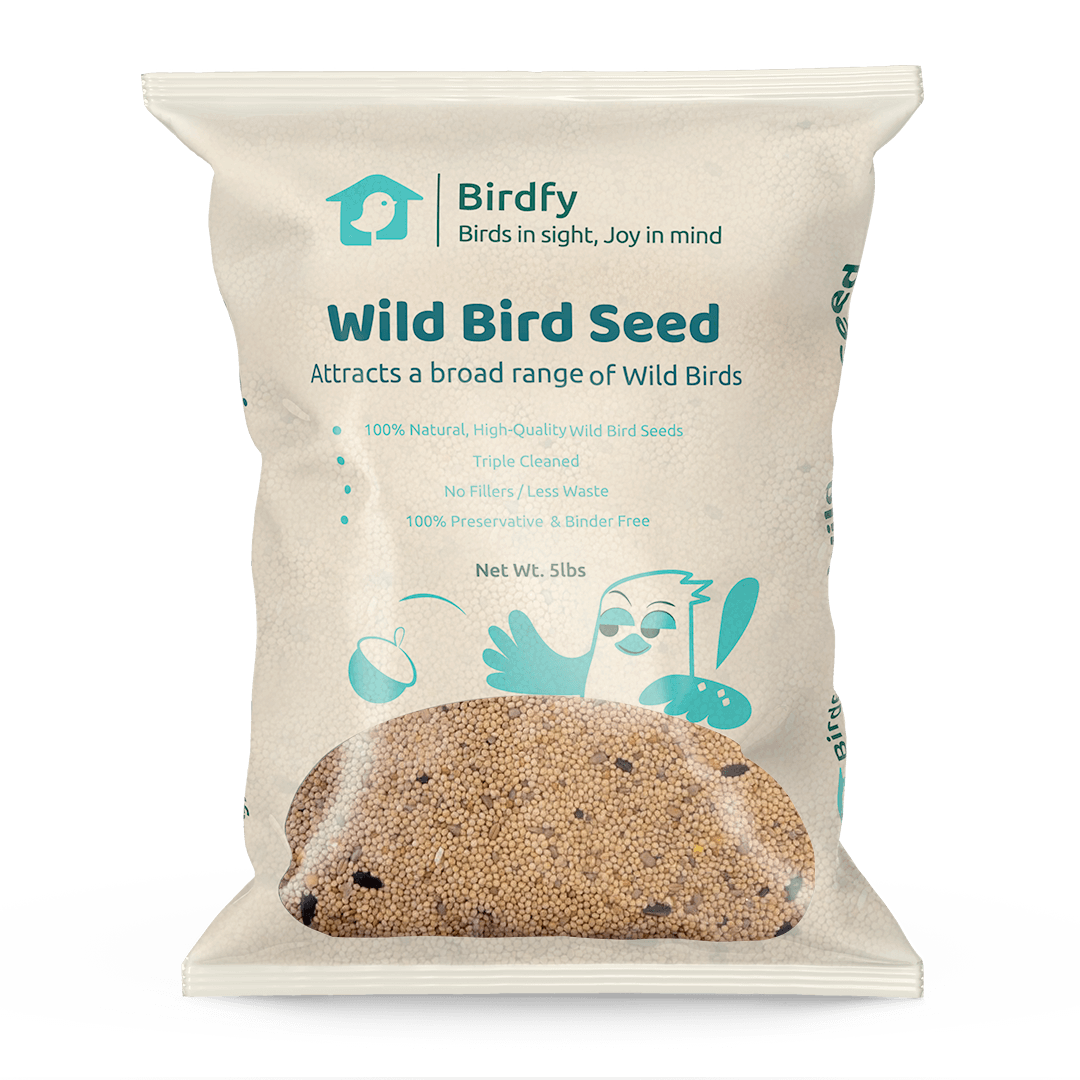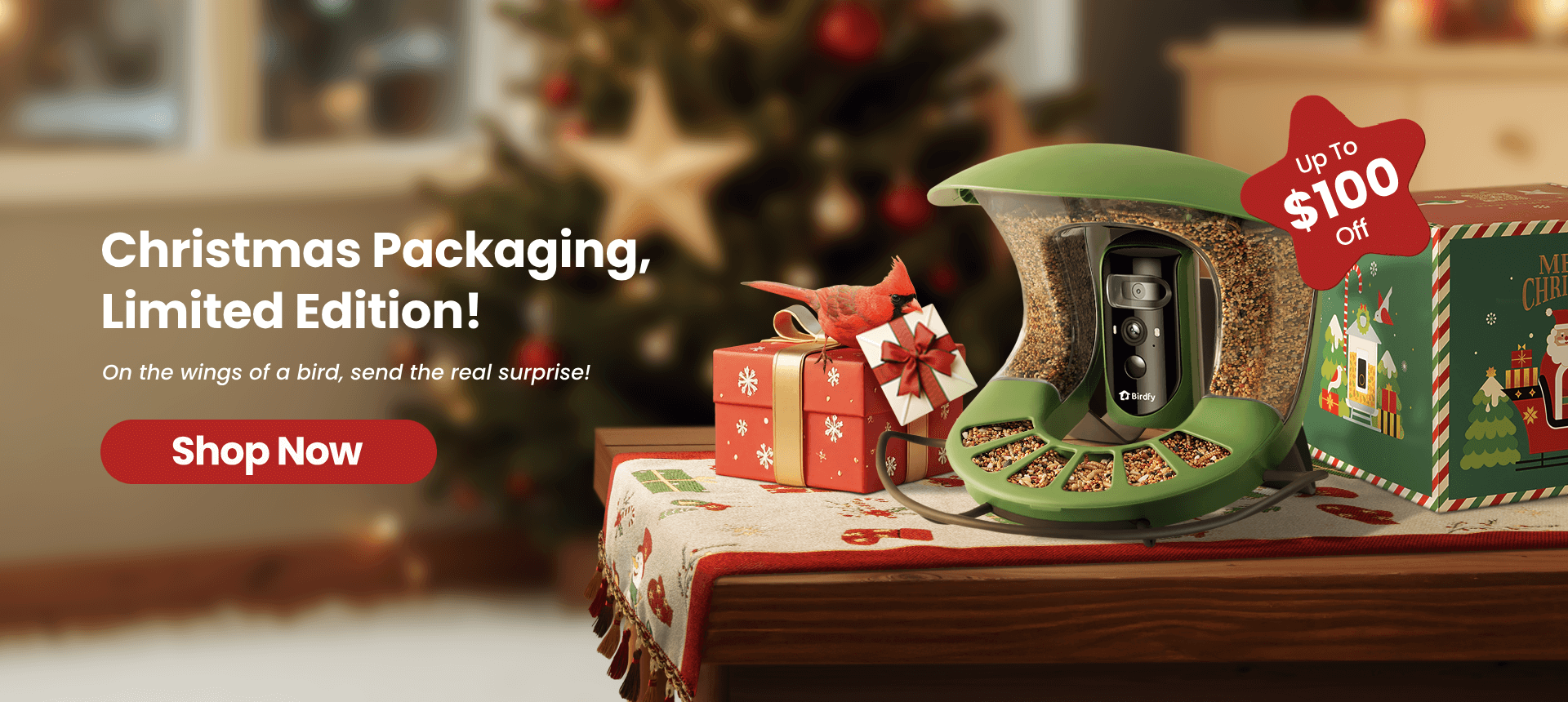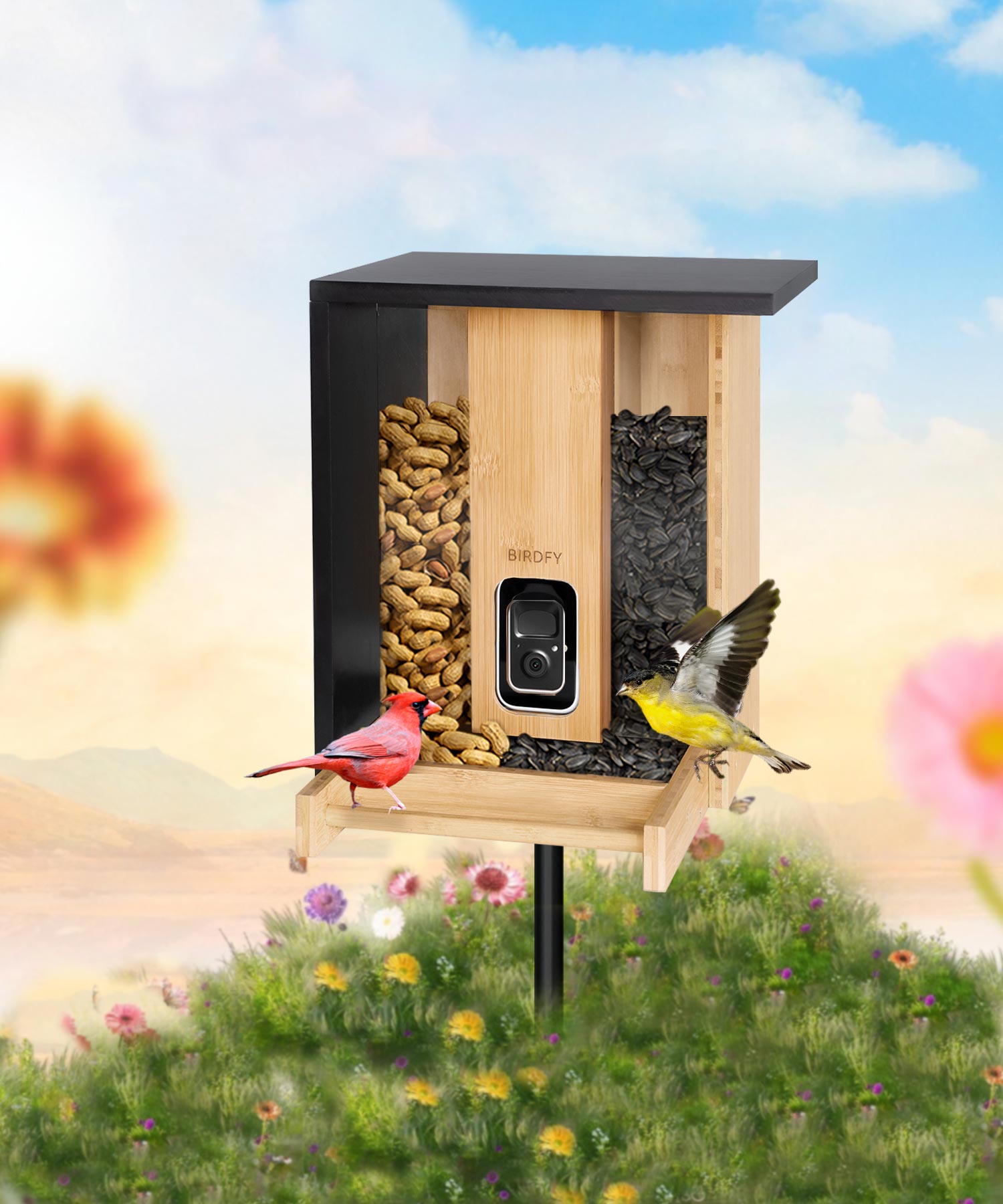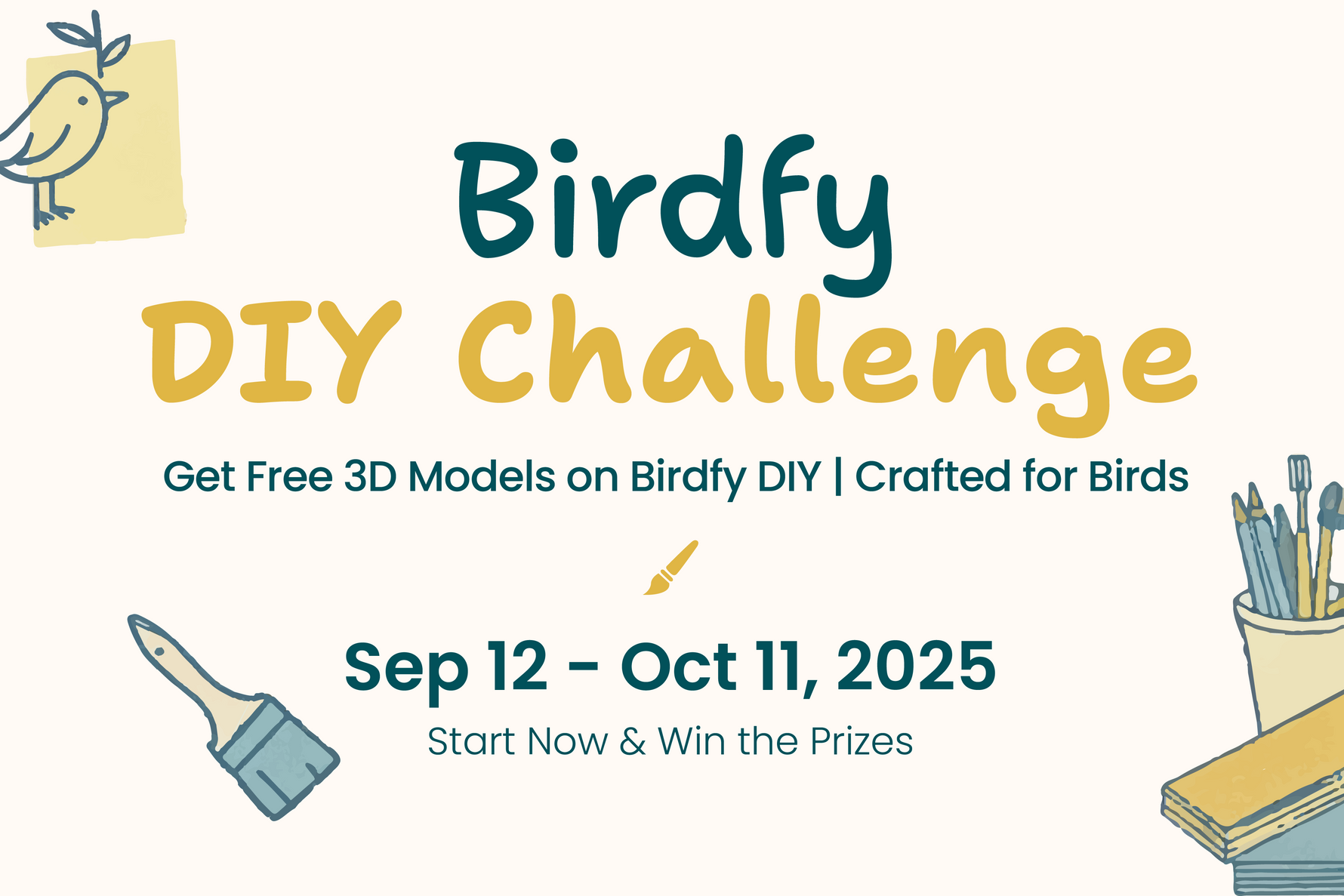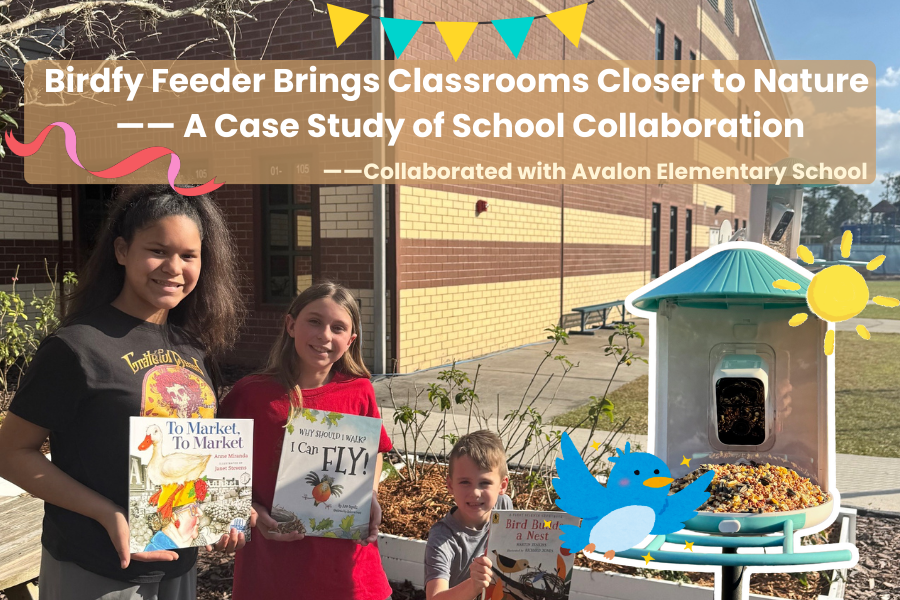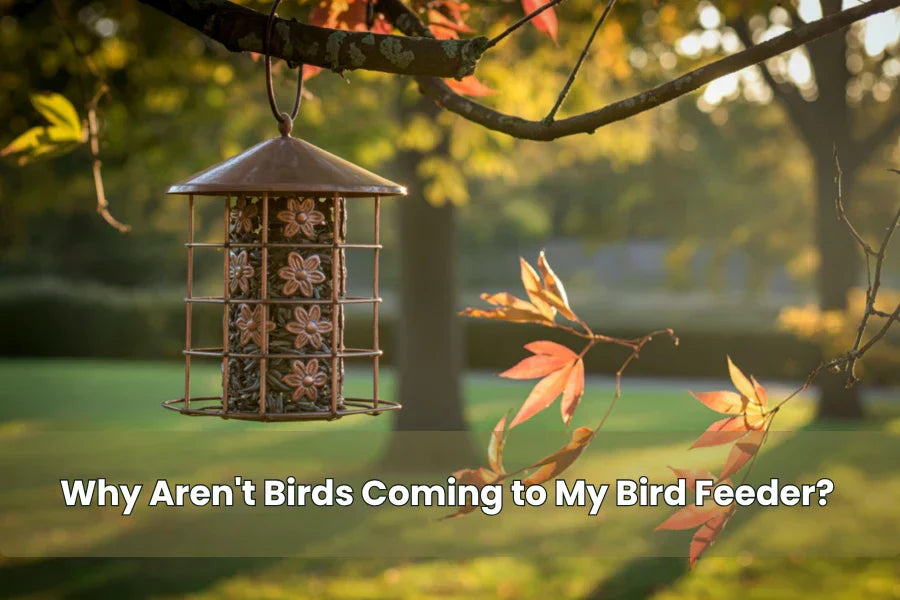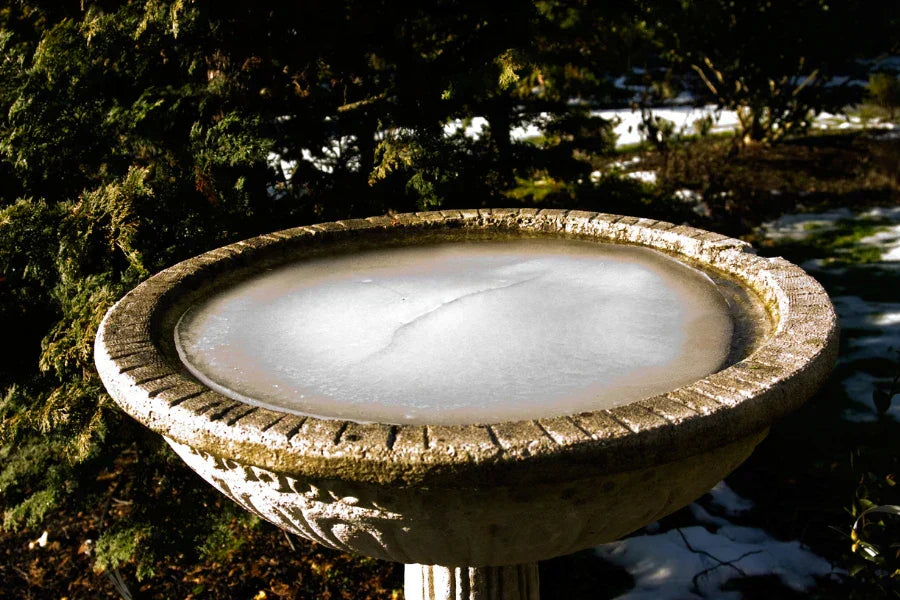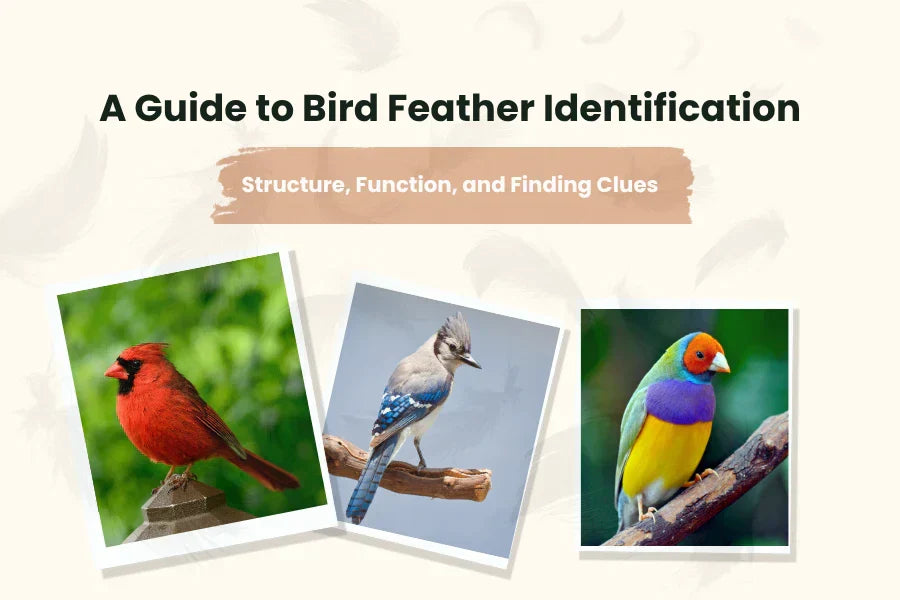Why Aren't Birds Coming to My Bird Feeder?
You've carefully chosen a bird feeder, filled it with a promising blend of seed, and found the perfect spot in your yard. You wait, expecting a flurry of feathered visitors. But days go by, and the feeder remains untouched. It’s a common and frustrating experience for many budding bird enthusiasts. Before you get discouraged, it’s important to understand that birds are creatures of habit with specific survival needs. Their absence isn't personal; it's usually a signal that one or more key elements are missing from your setup. The journey from an empty feeder to a bustling bird cafe requires a blend of patience, strategy, and understanding of avian behavior.
Let's explore the most common reasons why birds might be giving your feeder a pass, and how you can get them back.
Why aren't Birds Coming to My Feeder
Common reasons for empty feeders:
1. The Seed Quality and Type is Wrong
Not all birdseed is created equal. Many commercial mixes contain "filler" seeds like milo, wheat, and oats, which are largely ignored by most desirable backyard birds. They will often sift through these mixes to pick out the preferred seeds, like sunflower hearts, leaving a pile of waste underneath.
Solution: Invest in high-quality seed. Black oil sunflower seeds are the universal favorite, appealing to a wide variety of birds like cardinals, chickadees, finches, and nuthatches. For specific birds, use specific foods: Nyjer (thistle) seed for goldfinches, suet cakes for woodpeckers and nuthatches, and white millet for ground-feeding birds like sparrows and juncos.

2. The Feeder Location is Insecure
Birds are vulnerable while feeding. If your feeder is placed out in the open, too close to potential hiding spots for predators like cats, or in a high-traffic area with constant human activity, birds will feel too exposed to use it safely.
Solution: Position your feeder about 10-12 feet from natural cover, such as a tree or shrub. This gives birds a quick escape route if threatened. However, don’t place it so close that cats can easily ambush from the cover. A window suction feeder or a feeder hung from a tree branch can also provide a sense of security.
3. The Feeder Itself is Problematic
The design and cleanliness of your feeder can be a major deterrent. Feeders with sharp edges, difficult perches, or complicated feeding ports can discourage birds. More critically, a dirty feeder can harbor mold and bacteria, which can make birds sick. Birds have a keen sense of sight and smell and will avoid rancid or contaminated food.
Solution: Choose feeders with safe, functional designs. Most importantly, clean your feeders regularly—at least once every two weeks, or more often in wet weather. Use a solution of one part vinegar to nine parts water, scrub thoroughly, and rinse well before refilling.


4. There's Not Enough Water or Shelter
Your feeder is just a restaurant; birds also need a source of fresh water for drinking and bathing, and shelter for protection from the elements and predators. A yard that offers only food is less attractive than one that provides a complete habitat.
Solution: Adding a birdbath, especially one with a dripping or moving water feature, will dramatically increase your yard's appeal. Planting native shrubs, trees, and flowers provides natural food sources (berries, insects) and crucial shelter, making your yard a safe haven beyond just a feeding station.

5. It Simply Takes Time
Birds need to discover a new food source and deem it safe. This process isn't instantaneous. It can take days, or even several weeks, for birds to incorporate your feeder into their daily foraging routine, which is often called a "flight pattern."
Solution: The key is patience. Once you are confident your setup is correct—good food, clean feeder, safe location—consistency is your best friend. Keep the feeder filled so that when scouts do discover it, they find a reliable resource and return regularly.
Why Aren't Hummingbirds Coming to My Feeder?
Attracting hummingbirds involves solving a slightly different puzzle. These tiny, fast-flying birds have specific preferences and are highly visual. When you notice that hummingbirds are not coming to your bird feeders, there are a few things to check:
1. The Nectar Recipe is Wrong
Never use red dye or honey. Red dye is harmful to hummingbirds, and honey can promote dangerous fungal growth. The correct recipe is a simple syrup: one part plain white sugar to four parts water. Boil it briefly to dissolve the sugar and kill any bacteria, then let it cool completely before filling the feeder.
2. The Feeder Isn't Visible or Clean Enough
Hummingbirds are attracted to the color red, but if your feeder is hidden in deep shade, they may not see it. Hang it in a somewhat open, sunny area where it can catch the light. Crucially, nectar spoils quickly in heat. Clean the feeder and replace the nectar every 2-3 days (or daily in very hot weather) to prevent fermentation and deadly mold.

3. Lack of Natural Attractions
Hummingbirds feed on nectar from flowers and small insects. Planting red, tubular flowers like bee balm, salvia, and trumpet vine will make your yard naturally inviting. A feeder near these flowers is far more likely to be discovered.
How to Get Birds to Come to Your Feeder
Now that you know why your feeder might be sitting empty, it’s time to turn things around. Here we share 4 practical ways to get birds to come to your bird feeder.
1. Offer a Menu, Not Just One Dish
The fastest way to attract a diversity of birds is to offer a variety of foods in different feeder styles. Use a tube feeder for Nyjer seed (finches), a platform feeder for fruit (orioles) and sunflower seeds (cardinals), a suet cage for woodpeckers, and a nectar feeder for hummingbirds.
2. Create a Safe Oasis
As mentioned, security is paramount. Ensure your feeder placement offers a quick escape. Use baffles on feeder poles to deter squirrels and raccoons, which can scare birds away. Keeping cats indoors is one of the most significant steps you can take for bird safety.
3. Provide a Fresh Water Source
A birdbath is arguably as important as a feeder. A simple, shallow dish with clean, moving water will attract birds that may not even visit feeders, giving you more species to enjoy and making your yard a core part of their territory.

4. Practice Patience and Consistency
Birds are creatures of habit. Don't give up if you don't see results in a week. Maintain a clean feeder with fresh food. Once the first bird finds it, others will notice and follow. For hummingbirds specifically, the consistency of providing fresh, clean nectar is non-negotiable.
FAQ
Why doesn't my bird feeder attract birds?
This is almost always due to a combination of the factors above. The most common culprits are poor seed quality, an unsafe location (too exposed or too close to predator hiding spots), or a dirty feeder. Review your setup against these points to diagnose the issue.
What is the 5 7 9 rule for bird feeders?
This is a guideline for safe feeder placement to prevent fatal window collisions. It suggests placing your feeder either less than 3 feet from a window (so a bird leaving the feeder doesn't gain enough speed for a harmful impact) or more than 10 feet away (giving the bird enough space to change direction). The dangerous zone is between 3 and 10 feet.
Should bird feeders be up high?
Generally, yes. Elevating feeders helps protect birds from ground predators like cats. However, the height is less important than the proximity to cover. A feeder at eye level near a protective shrub is better than a feeder 10 feet high in the middle of an open lawn. Aim for a height of about 5-6 feet, which is also convenient for you to refill and clean.
Conclusion
Transforming your quiet yard into a vibrant hub of avian activity is a rewarding endeavor that hinges on empathy and observation. The question, "Why aren't birds coming to my feeder?" is the first step in learning to see the world from a bird's perspective—a world where every decision is influenced by the fundamental needs of safety, nourishment, and hydration. An empty feeder is not a failure; it is an invitation to troubleshoot and refine your approach.
The solutions are often straightforward but require attention to detail. By offering high-quality, preferred foods in clean and appropriate feeders, you lay out a welcome mat. By strategically placing these feeders in safe zones near protective cover but away from ambush points, you provide the security birds need to dine in peace. Supplementing this food source with a reliable, clean water source transforms your offering from a simple pitstop into a valuable habitat resource. This holistic approach is what ultimately convinces birds to become regular guests.
Perhaps the most underrated tool in the bird-lover's arsenal is patience. Nature operates on its own schedule. It takes time for scout birds to discover your feeder, assess its safety, and signal to others that it is a trustworthy resource. This period of waiting is an opportunity to observe the natural rhythms of your garden, to learn which insects are present, and to notice the native plants that may already be supporting local wildlife. The moment the first chickadee tentatively lands on your feeder, followed soon after by a vibrant cardinal or a acrobatic nuthatch, the wait becomes well worth the effort. Your feeder then becomes more than just a source of food; it becomes a window into the fascinating and delicate ecosystem right outside your door.
Share


